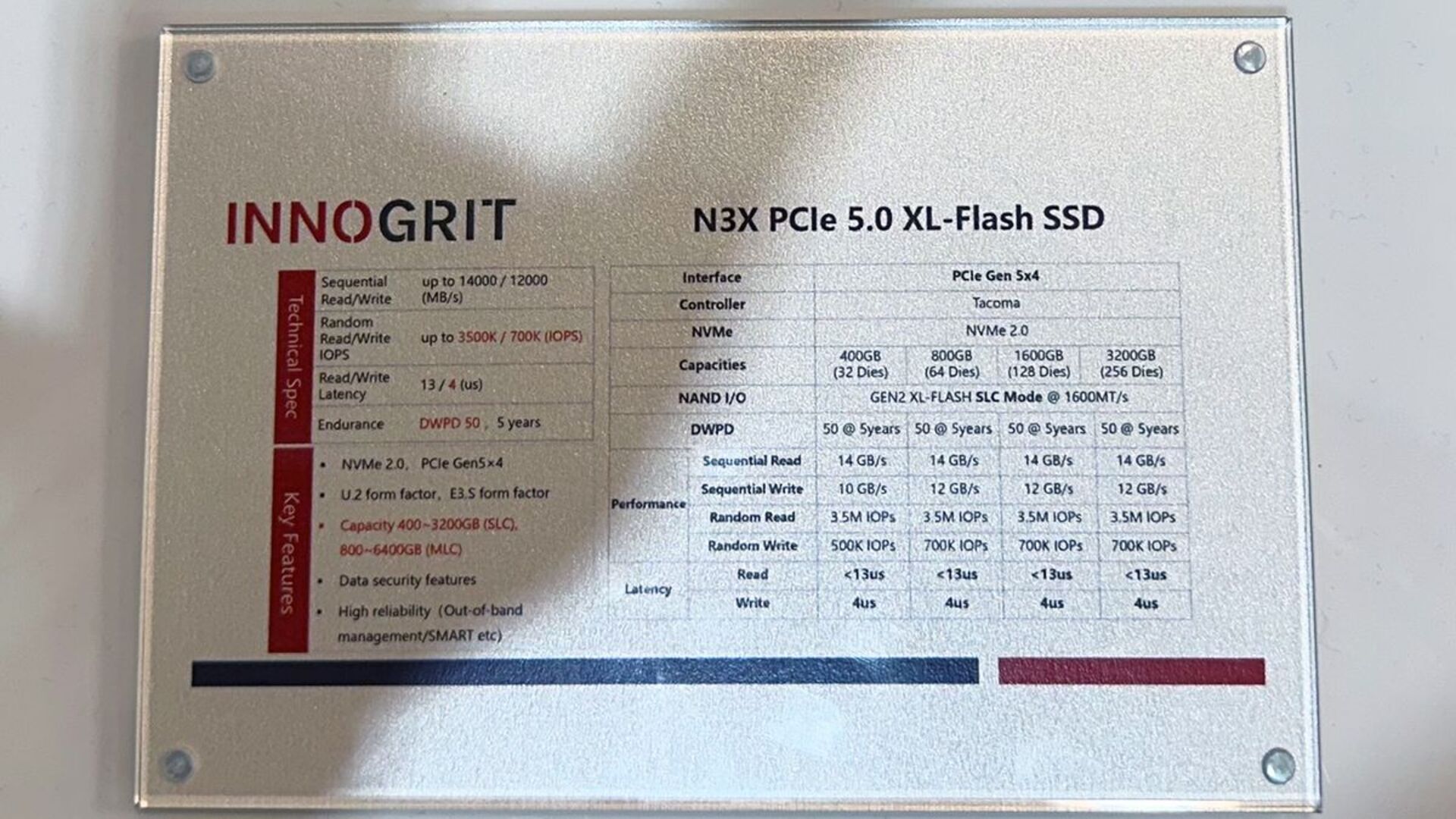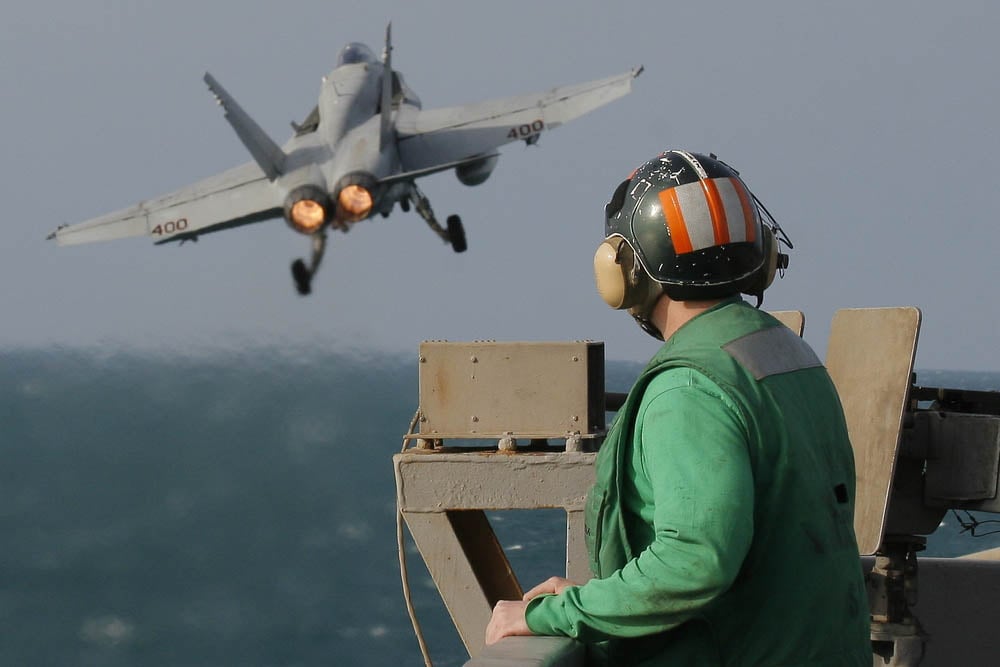Is The Atomic Outboard An Idea Whose Time Has Come?
Everyone these days wants to talk about Small Modular Reactors (SMRs) when it comes to nuclear power. The industry seems to have pinned its hopes for a ‘nuclear renaissance’ on …read more


Everyone these days wants to talk about Small Modular Reactors (SMRs) when it comes to nuclear power. The industry seems to have pinned its hopes for a ‘nuclear renaissance’ on the exciting new concept. Exciting as it may be, it is not exactly new: small reactors date back to the heyday of the atomic era. There were a few prototypes, and a lot more paper projects that are easy to sneer at today. One in particular caught our eye, in a write-up from Steve Wientz, that is described as an atomic outboard motor.
It started as an outgrowth from General Electric’s 1950s work on airborne nuclear reactors. GE’s proposal just screams “1950s” — a refractory, air-cooled reactor serving as the heat source for a large turboprop engine. Yes, complete with open-loop cooling. Those obviously didn’t fly (pun intended, as always) but to try and recoup some of their investment GE proposed a slew of applications for this small, reactor-driven gas turbine. Rather than continue to push the idea of connecting it to a turboprop and spew potentially-radioactive exhaust directly into the atmosphere, GE proposed podding up the reactor with a closed-cycle gas turbine into one small, hermetically sealed-module.
Bolt-On Nuclear Power
There were two variants of a sealed reactor/turbine module proposed by GE: the 601A, which would connect the turbine to an electric generator, and 601B, which would connect it to a gearbox and bronze propeller for use as a marine propulsion pod. While virtually no information seems to have survived about 601A, which was likely aimed at the US Army, the marine propulsion pod is fairly well documented in comparison in GE-ANP 910: Application Studies, which was reviewed by Mark at Atomic Skies. There are many applications in this document; 601 is the only one a modern reader might come close to calling sane.

The pod would be slung under a ship or submarine, much like the steerable electric azimuth thrusters popular on modern cruise ships and cargo vessels. Unlike them, this pod would not require any electrical plant onboard ship, freeing up an immense amount of internal volume. It would almost certainly have been fixed in orientation, at least if it had been built in 1961. Now that such thrusters are proven technology though, there’s no reason an atomic version couldn’t be put on a swivel.

Two sizes were discussed, a larger pod 60″ in diameter and 360″ long (1.5 m by 9.1 m) that would have weighed 45,000 lbs (20 metric tonnes) and output 15,000 shp (shaft horse power, equivalent to 11 MW). The runtime would have been 5000 hours on 450 lbs (204 kg) of enriched uranium. This is actually comparable to the shaft power of a large modern thruster.
There was also a smaller, 45″ diameter version that would produce only 3750 shp (2796 kW) over the same runtime. In both, the working gas of the turbines would have been neon, probably to minimize the redesign required of the original air-breathing turbine.
Steve seems to think that this podded arrangement would create drag that would prove fatally noisy for a warship, but the Spanish Navy seems to disagree, given that they’re putting azimuth thrusters under their flagship. A submarine might be another issue, but we’ll leave that to the experts. The bigger problem with using these on a warship is the low power for military applications. The contemporary Farragut-class destroyers made 85,000 shp (63 MW) with their steam turbines, so the two-pod ship in the illustration must be both rather small and rather slow.

Of course putting the reactors outside the hull of the ship also makes them very vulnerable to damage. In the 1950s, it might have seemed acceptable that a reactor damaged in battle could simply be dumped onto the seafloor. Nowadays, regulators would likely take a dimmer view of just dropping hundreds of pounds of uranium and tonnes of irradiated metal into the open ocean.
Civilian Applications
Rather than warships, this sort of small, modular reactor sounds perfect for the new fleet of nuclear cargo ships the UN is pushing for to combat climate change. The International Maritime Organization’s goal of net-zero emissions by 2050 is just not going to happen without nuclear power or a complete rethink of our shipping infrastructure. Most of the planning right now seems to center on next-generation small modular reactors: everything from pebble-bed to thorium. This Cold War relic of an idea has a few advantages, though.
Need to refuel? Swap pods. Mechanical problems? Swap pods. The ship and its nuclear power plant are wholly separate, which ought to please regulators and insurers. Converting a ship to use azimuth thrusters is a known factor, and not a huge job in dry dock. There are a great many ships afloat today that will need new engines anyway if they aren’t to be scrapped early and the shipping sector is to meet its ambitious emissions targets. Pulling out their original power plants and popping ‘atomic outboards’ underneath might be the easiest possible solution.

Sure, there are disadvantages to dusting off this hack — and we think a good case can be made that turning a turboprop into a ship-sized outboard ought to qualify as a ‘hack’. For one thing, 5000 hours before refueling isn’t very long. Most commercial cargo ships can cruise at least that long in a single season. But if swapping the pods can be done in-harbor and not in dry dock, that doesn’t seem like an insurmountable obstacle. Besides, there’s no reason to stay 100% faithful to a decades-old design; more fuel capacity is possible.
For another, most of the shielding on these things would have been provided by seawater by design, which is going to make handling the pods out of water an interesting experience. You certainly would not want to see a ship equipped with these pods capsize. Not close up, anyway.
Rather than pass judgement, we ask if General Electric’s “atomic outboard” was just way ahead of its time. What do you think?











































































































































![Top Features of Vision-Based Workplace Safety Tools [2025]](https://static.wixstatic.com/media/379e66_7e75a4bcefe14e4fbc100abdff83bed3~mv2.jpg/v1/fit/w_1000,h_884,al_c,q_80/file.png?#)


































![[The AI Show Episode 152]: ChatGPT Connectors, AI-Human Relationships, New AI Job Data, OpenAI Court-Ordered to Keep ChatGPT Logs & WPP’s Large Marketing Model](https://www.marketingaiinstitute.com/hubfs/ep%20152%20cover.png)








































































































































































.jpg?#)











































![MindsEye From Ex-GTA Producer Is A Day-One Car Wreck [Update]](https://i.kinja-img.com/image/upload/c_fill,h_675,pg_1,q_80,w_1200/aa09b256615c422f7d1e1535d023e578.png)






















.png?width=1920&height=1920&fit=bounds&quality=70&format=jpg&auto=webp#)





















































































































![PSA: iOS 26 Spatial Scenes will work on iPhones 12 and up [U]](https://i0.wp.com/9to5mac.com/wp-content/uploads/sites/6/2025/06/spatial-photos-ios26.jpg?resize=1200%2C628&quality=82&strip=all&ssl=1)
![Apple categorically denies Siri vaporware claims, and offers a better explanation [Video]](https://i0.wp.com/9to5mac.com/wp-content/uploads/sites/6/2025/06/Apple-categorically-denies-Siri-vaporware-claims-and-offers-a-better-explanation.jpg?resize=1200%2C628&quality=82&strip=all&ssl=1)
![This new iPad keyboard was purpose-built for versatility and portability – Logitech Flip Folio [Hands-on]](https://i0.wp.com/9to5mac.com/wp-content/uploads/sites/6/2025/06/Logitech-FI.jpg?resize=1200%2C628&quality=82&strip=all&ssl=1)
![Nothing confirms it was almost called ‘Essential’ instead [Video]](https://i0.wp.com/9to5google.com/wp-content/uploads/sites/4/2025/06/nothing-essential-3.png?resize=1200%2C628&quality=82&strip=all&ssl=1)










![Apple Shares Teaser Trailer for 'The Lost Bus' Starring Matthew McConaughey [Video]](https://www.iclarified.com/images/news/97582/97582/97582-640.jpg)











































































